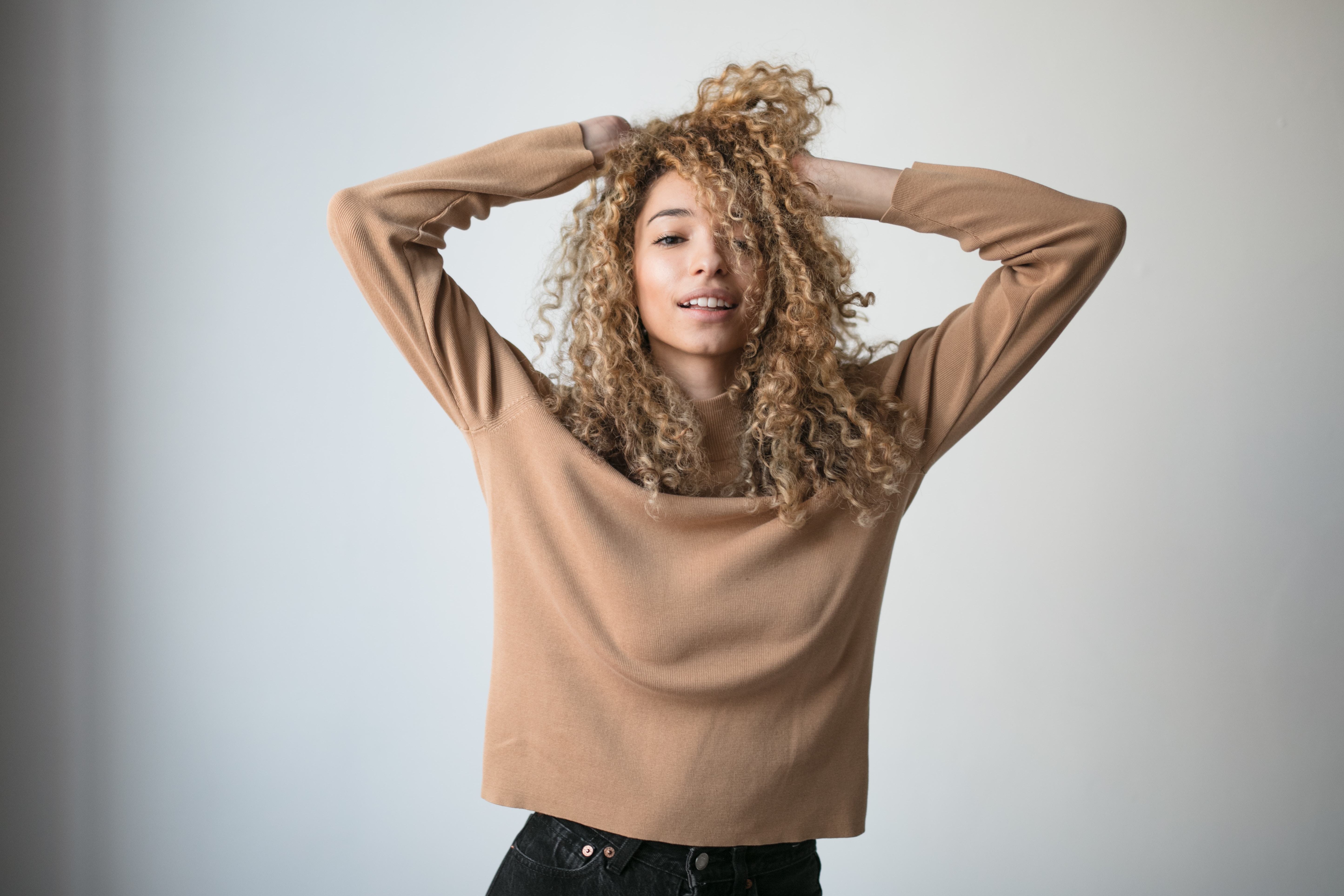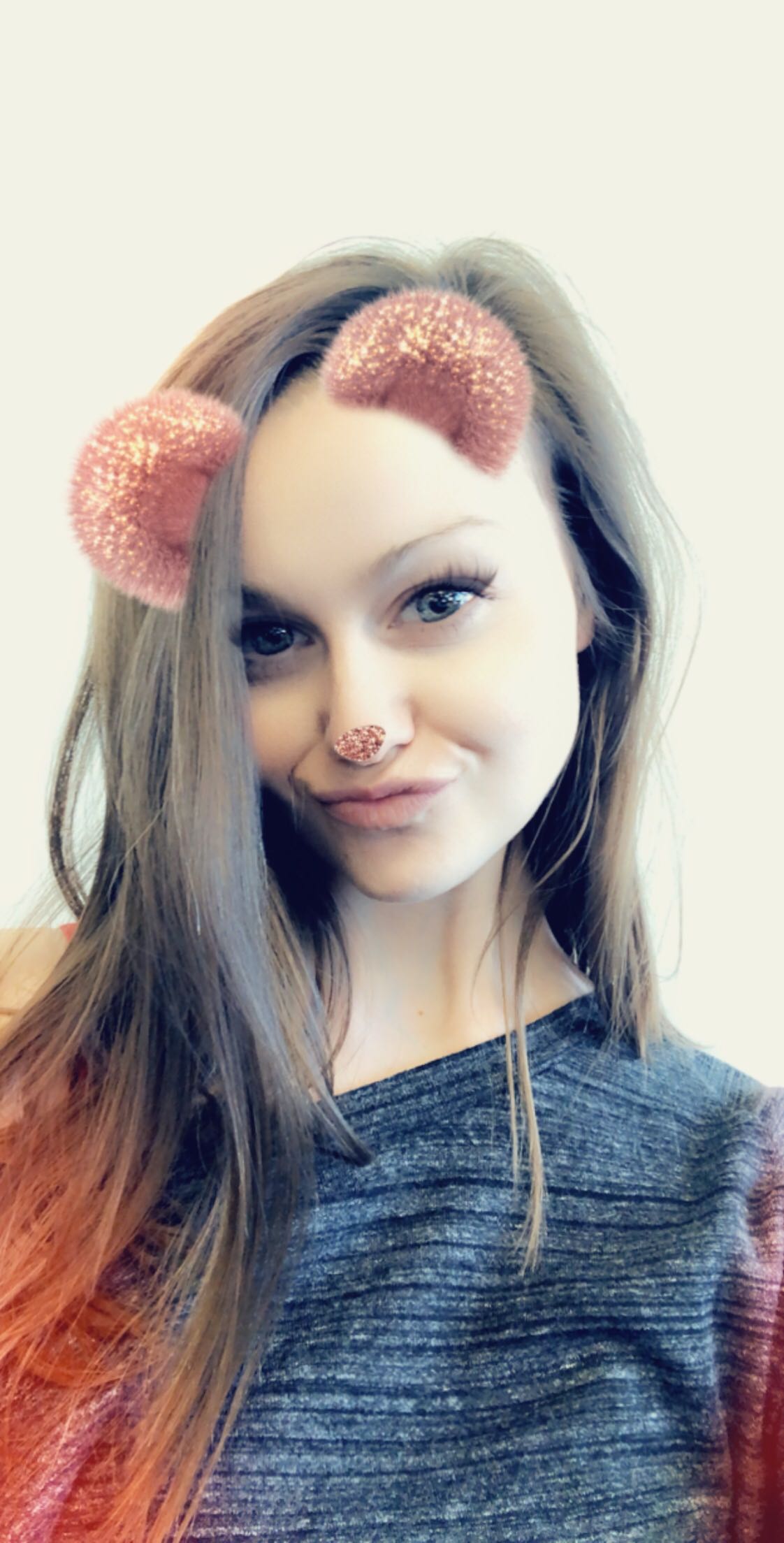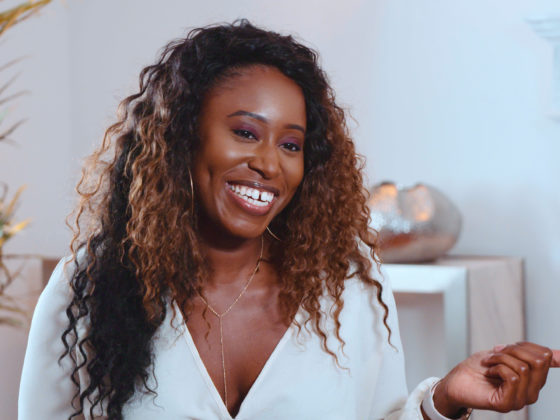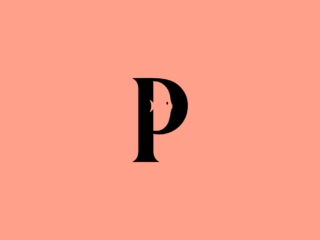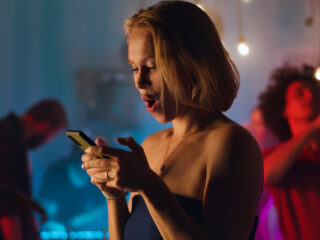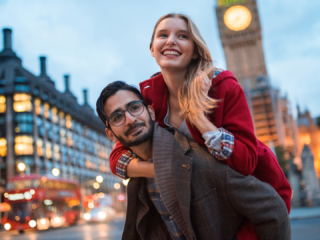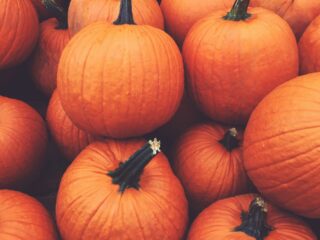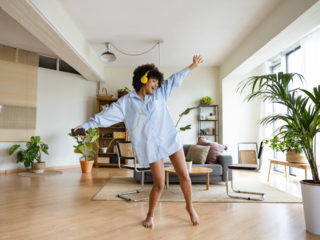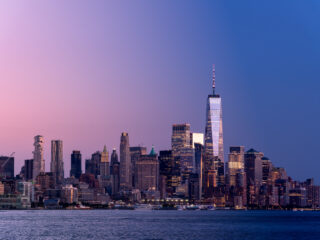Pressure Points is an in-depth study that explores the primary pressures faced by singles in today’s dating climate. The study examines attitudes about everything from face filters, to sending first messages to potential dates, to how authentically people represent themselves on their dating profiles.
Using a community sample of 2,000 singles in the United States, the study reveals important information about the greatest pressures faced by singles today, and their perceived necessity to embellish many aspects of their lives. Board Certified Clinical Psychologist, Dr. Cortney S. Warren, offers commentary on the data and the implications of these findings for modern daters.
A whopping 50% of singles haven’t been on a single date in the last year.
“Although there are many reasons that adults in this sample may have not been on a date in the last year, dating can be time-consuming, and psychologically challenging, and the desire to take a break from dating is likely influenced by the pressures people experience when looking for a partner. “ says Dr. Warren.
FIRST DATE JITTERS: “Am I interesting enough, sexy enough, fun enough?” – Sound familiar? Four in ten singles (40%) say the number one pressure that comes with going on a first date, is to be:
- Interesting (40%)
- Talkative (16%)
- Fun (12%)
Men feel the heat, but evidently not as much as women, who report feeling more pressure than their male counterpoints on first dates (only 22% of women say they don’t feel any pressure). .
The sexy caveat – Of all generations, Gen Z and Millennials feel the most pressure to be sexy in a new relationship.
IMPRESS(URE): Looks come second to conversation: the ability to banter is important to singles with 32% reporting feeling the most pressure to impress a partner with their conversational skills and personality, followed by appearance and sense of style (21%).
Women (26%) emphasize the importance of appearance more than men do (17%).
GET A HOBBY? Singles have identified the areas of their lives they feel the most pressure to embellish:
- Interests & Hobbies (51%)
- Looks & Appearance (45%)
- Income & Career (34%)
- Level of Education (31%)
Men are twice as likely than women to feel pressure to impress their dates with financial status and material possessions (6% of men versus 3% of women). Women feel more pressure to talk up looks/appearance (52% of women versus 41% of men).
“These findings are consistent with mainstream gender roles that place paramount value on physical appearance as a determinant of female value. Conversely, men tend to be valued for intelligence, education, and material wealth/income.” says Dr. Warren.
THE DATING GAME: What do singles second-guess the most when it comes to their dating lives?
- How to know someone is interested (30%)
- If someone I’m interested in will want the “real me” (20%)
- Making the first move to show I’m interested (11%)
Sex appears to be less complicated than we may have thought. Interestingly, when to initiate sex is the last thing singles second-guess.
PROFILE PAINS: There’s no shortage of stress when it comes to dating apps either, with the top 3 areas that pack the most pressure being to…
- Write great messages
- Have a great profile bio
- Stand out from the rest of the crowd
PAUSE THE INTERNAL CLOCK! So where does all this pressure to find a partner come from? Nearly half (49%) of singles say life stage/age is the single biggest culprit. When broken down by gender however, 53% of men identify the most pressure to find a partner as coming from solely themselves vs. 51% of women who identify life stage/age as #1.
THE GOOD NEWS: Singles should ease up on themselves when it comes to finding a partner! The study reveals there is very little pressure felt from immediate and extended family (22%, 17%), friends (22%) and social media (19%).
70% of singles consider face filters to be deceptive, and more than half (52%) think photo filters should be banned from dating apps altogether.
IS THAT REALLY YOU?: One in three singles (30%) have passed up messaging someone on a dating app because their photos were too heavily filtered/edited; BUT 38% of singles are, in fact, filtering half or more of their photos on their dating profile. Surprisingly, more men than women fess up to filtering/editing their photos (44% vs. 35%).
BUNNY EARS BE GONE: Face filters are on the outs (if they were ever really in?) – 25% of singles say using a face filter implies someone is pretending to be someone they’re not, they’re insecure (23%) and they’re superficial (16%).
No surprise, Gen Z is the least likely of all generations to judge the use of face filters, with 30% of them saying their first impression of someone using one is that they’re fun.
The top 3 worst face filters identified by singles are:
- The dog ears + tongue
- The bunny ears
- The fake glasses
Millennials, however, can’t stand the sight of the flower crown with 26% saying this filter is their least favorite! Sorry Coachella.
MORE CRINGE-WORTHY CONTENDERS: Can it get any worse than filters? Yes evidently. Singles have identified their least favorite images to come across on dating apps:
- The infamous bathroom selfie – we can see the toilet!
- Gym selfie – did you actually work out or just take photos?
- Heavily edited/filtered photo – we want to see the real you!
Although the above are bad, having no photo is a huge turnoff to 41% of singles, who identified this as worse than committing the photo faux pas outlined above!
THE SWEET SHOT: 47% of singles say having 3-4 photos is the ideal number of pictures to have on a dating profile, as it provides a good overview of someone.
SAY CHEESE! Not sure whether to exhibit the smize or the raised eyebrow in your next profile picture? Turns out the majority of singles want to see a smile one way or another. These facial expressions are deemed most attractive on a dating profile, so take note before taking your next selfie.
#1 Answer:
Followed by 14% smiling closed mouth and 11% smizing (smiling only with the eyes).
The three facial expressions at the bottom of the list are duck face, sticking the tongue out and raised eyebrows.
Singles are 4 times more likely to message someone with an unfiltered photo of their face, than someone using a professional headshot on their profile, and 6 times more likely to message someone with any photo with a great smile.
SUBSTANCE OVER STYLE: While having the right photos on your dating profile is important,
A good reminder for all singles to fill out their dating profile in its entirety.
84% would rather someone present accurate information about who they really are on their dating profile than an exaggerated positive version of themselves
OWN YOUR INTERESTS: Never shy away from being yourself on a date. 27% of singles have gone so far as to withhold a specific hobby/interest because it could be considered unattractive by someone they wanted to date.
CONFIDENCE IS KEY: Singles feel most confident when they’re either doing something they’re good at (33%) or when they’re talking about something they love (32%). So ask your date about their hobbies and interests and take them on an activity date you know they’ll enjoy.
DON’T OVERTHINK IT: What do singles want from their dates to feel more comfortable?
That can be much easier said than done, so how do singles ease the pressure before a date?
- 22% Give themselves a pep talk
- 22% Talk to their friends/family
- 15% Practice conversation starters
- 14% Look up their date on social media
- 14% Exercise
ACTIVITY VS DINNER DATE: A win-win either way! Singles feel it’s easiest to really be themselves on a sit-down dinner date (29%) followed closely by an activity-based date like bowling, mini golf or hiking (27%). Men prefer a sit-down dinner (30% vs 27% of women) and women most prefer an activity (29% vs. 25% of men).
Perhaps surprising to some, going to the bar fell to the bottom of the list, next to going to a movie/show. Gen Z singles are twice as likely than other generations to opt for a movie/show (21%).
TIMING IS EVERYTHING: The perfect first date is 2-3 hours long, according to the majority of singles (70%). And after 2-3 dates with someone is when 45% of singles feel comfortable being themselves. If you needed a sign about whether or not to accept that second date, this is it!
A SPOONFUL OF SELF-CARE: Feeling best about oneself only comes with devoting time to focus on personal well-being. While dating can be fun and meeting new people is exciting, 62% of singles admit to taking intentional breaks from dating altogether to focus on themselves and self-care.
The silent generation (70+) leads the charge on practicing self-care daily with 47% vs. 39% of Millennials and Gen X. 16% of singles claim to never practice self-improvement/care.
TURN THE FROWN AROUND: Singles have revealed the best ways to overcome feelings of inadequacy when it comes to dating, and it starts with:
- 21% Focus on my hobbies and things I’m good at
- 20% Spend time with family/friends
- 18% Spend time alone
- 14% Exercise
SINGLES HAVE SPOKEN:

“In summary, these data suggest that singles are not interested in seeing an idealized depiction of potential dating partners through edited photos and unrealistic positive self-descriptions” says Dr. Warren. “In fact, singles would rather connect in a more honest, authentic way. People wish their date would “just relax and be themselves” because that, in turn, makes them feel more comfortable and confident in themselves. If the goal is to find a long-lasting relationship, starting with a more realistic, authentic picture of who each person is will not only be refreshing but also likely lead to more meaningful connections.”
Demographic Overview:
- Total Singles: 2,000
- Men: 1021 (51%)
- Women: 980 (49%)
- Ages: 18-65+
- Gen Z (18-23) 9%, Millennial (24-34) 17%, Gen X (35-50) 29%, Baby Boomer (51-69) 34%, Greatest/Silent Gen (70+) 11%
- Location: United States
- Annual Income: Under $30K 27%, $30K – $44,999 17%, $45K – $59,999K 15%, $60K – $74,999 11%, $75K – $99,999 12%, $100K – $149,999 10%, $150K + 7%
- Race/Ethnicity: White 68%, Black 12%, Asian 5%, Hispanic or Latino 11%, Other 3%
- Sexual Orientation: Heterosexual 85%, Bisexual 3%, Homosexual 8%, Asexual 1%, Other 3%

